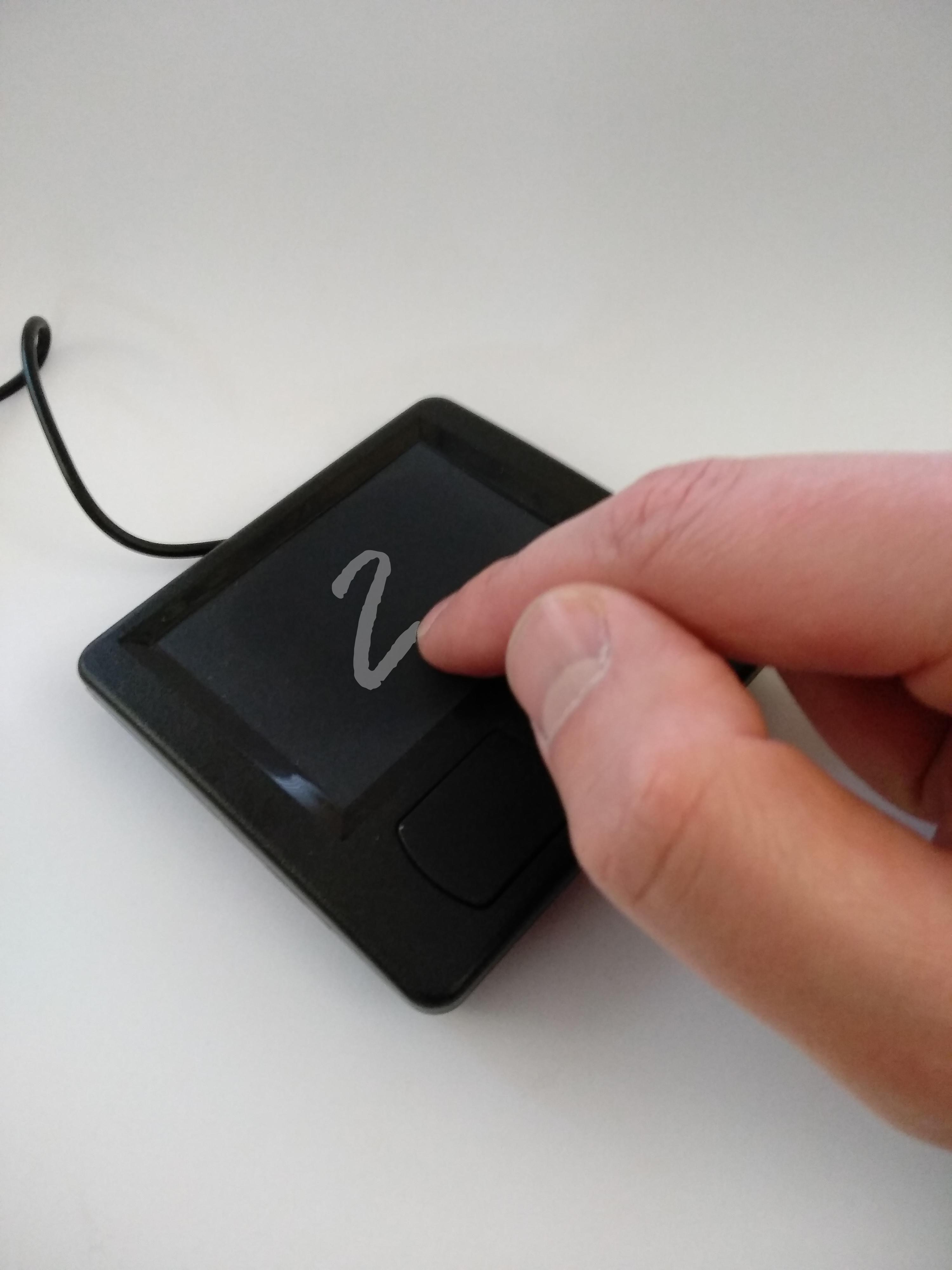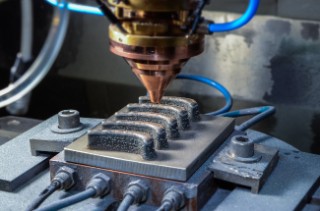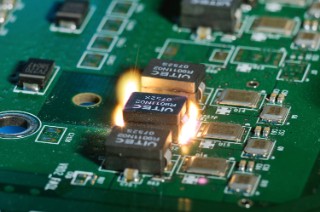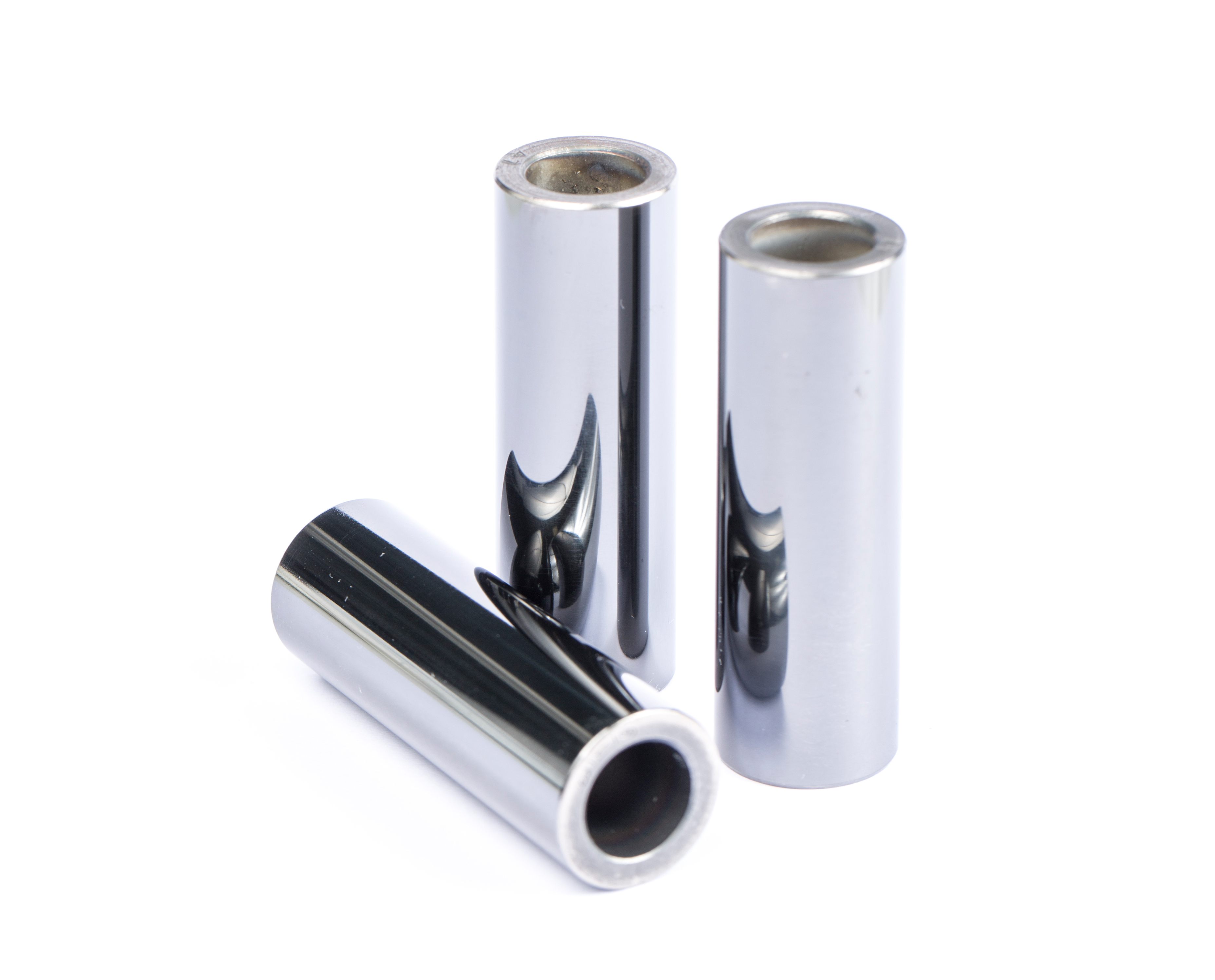A new class of materials promises many innovations in aviation, turbine construction and other branches of industry: High entropy alloys (HEA) are metals in which five or more elements are atomically bonded in similar proportions. Properly designed, they are harder, more heat-resistant and lighter than steel, aluminum and other classic materials. For about 15 years, engineers around the world have been trying to make these innovative materials ready for series production. But high-entropy alloys are still too expensive and difficult to process. The Fraunhofer Institute for Material and Beam Technology IWS Dresden is therefore now inviting experts to a symposium in March 2020 to demonstrate how they can overcome these problems – for example through industrial 3D printing, in other words “Additive Manufacturing”. Fraunhofer IWS also gave a first insight with the lecture “High entropy alloys for Additive Manufacturing” on November 21, 2019 at the “Formnext” trade fair in Frankfurt am Main.
For more information, please visit the IWS website.
High entropy alloys for hot turbines and tireless metal-forming presses
 Fraunhofer Representative Office Japan
Fraunhofer Representative Office Japan































